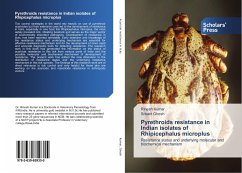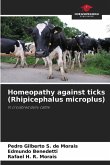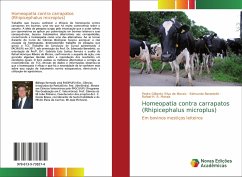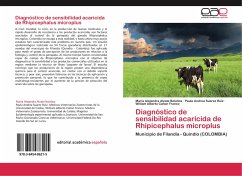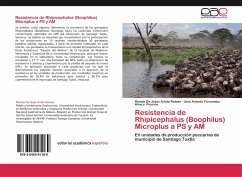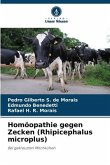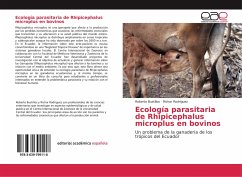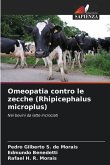Tick control strategies in the world rely heavily on use of pyrethroid acaricides but their extensive uses led to the development of resistance in ticks, especially in one host tick Rhipicephalus microplus, the most widely prevalent tick, infesting livestock and serves as the major vector of economically important pathogens. Development of resistance in ticks, has been reported worldwide. Early detection and knowledge of the resistance status and underlying mechanism are essential for effective resistance mechanism and for the development of more rapid and accurate diagnostic tools for detecting resistance. The research work in this book has generated the information on the status of acaricide resistance in this tick from various parts of India and the possible molecular and biochemical mechanism of development of resistance. The present work has added the new dimension to the distribution of resistance status and the underlying resistance mechanism in this tick species. The findings of this research work are of direct relevance to tick control and very helpful for those who are working on the acaricide and insecticide resistance in arthropods vectors.
Bitte wählen Sie Ihr Anliegen aus.
Rechnungen
Retourenschein anfordern
Bestellstatus
Storno

